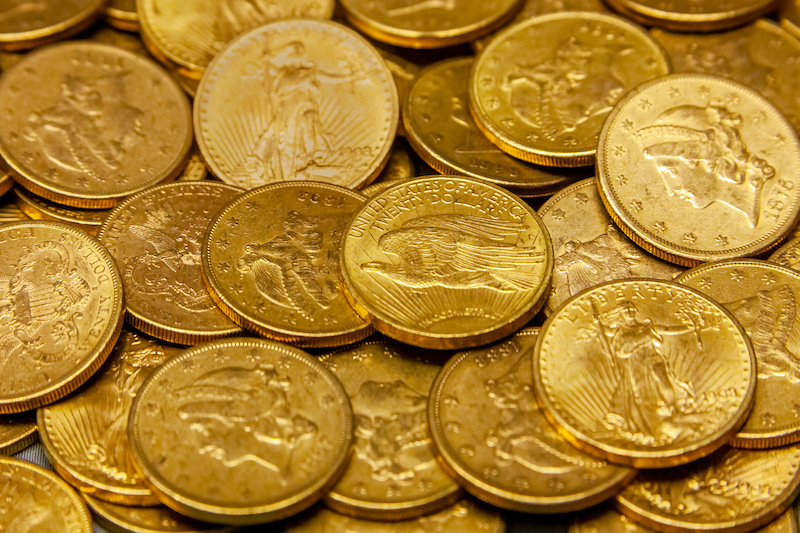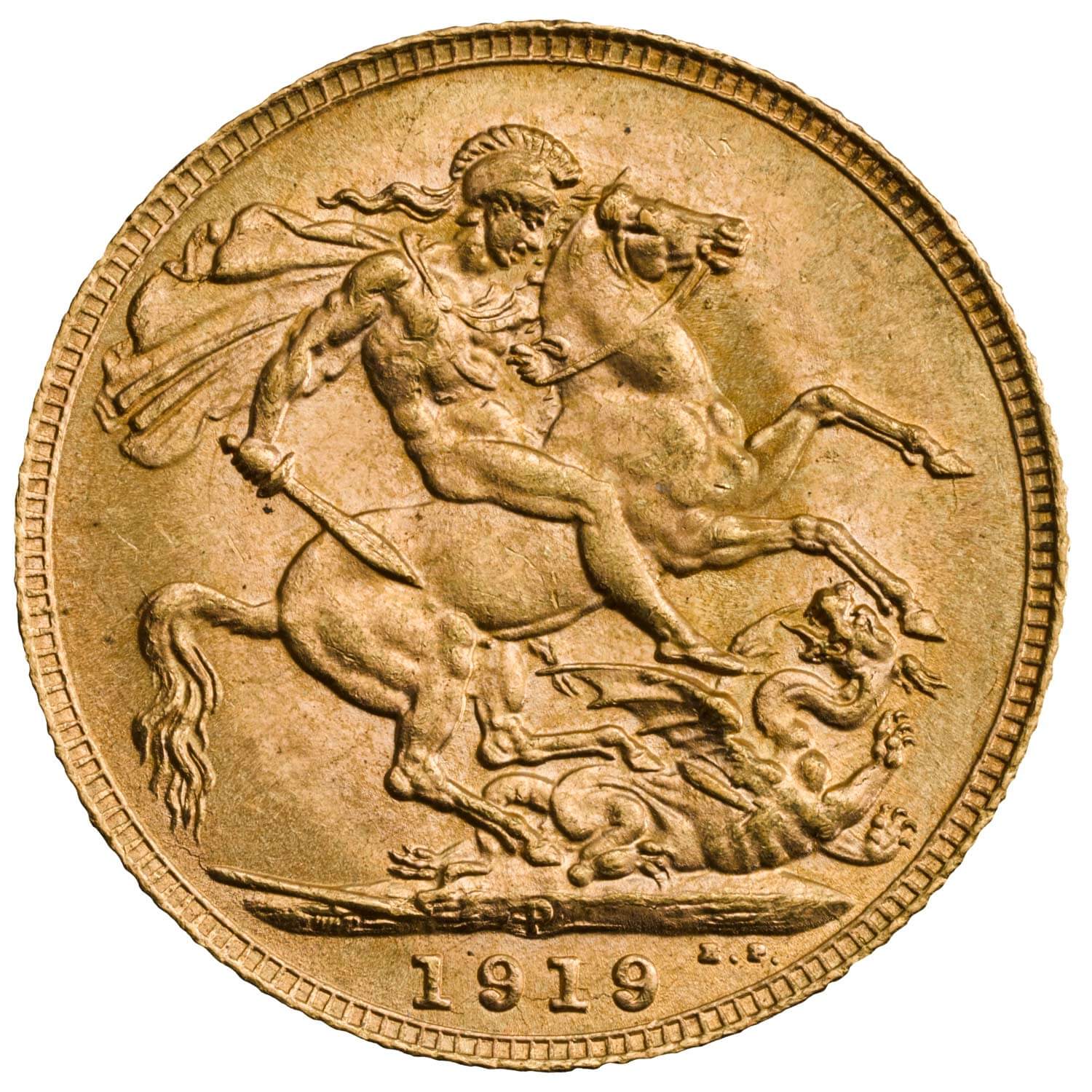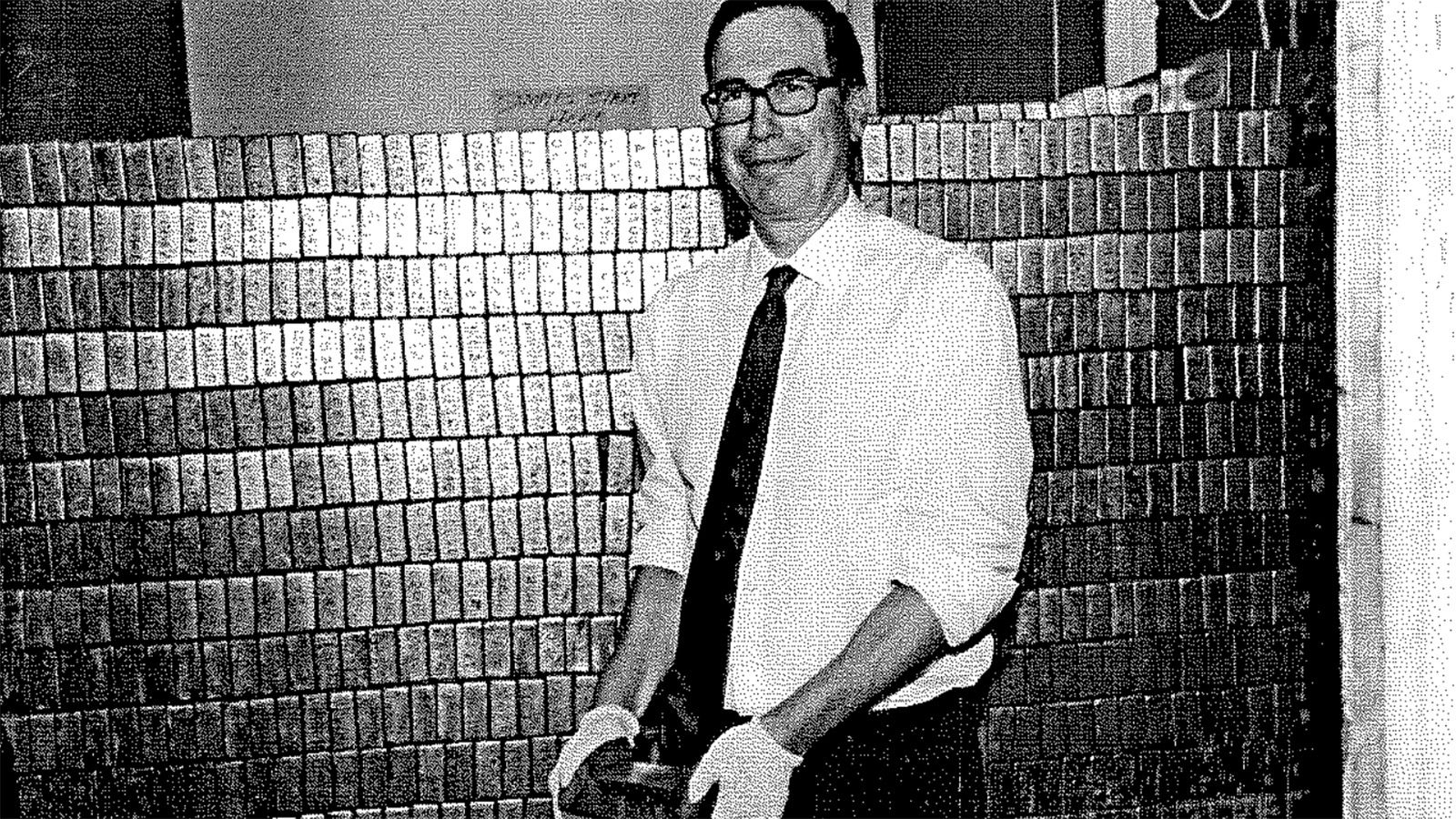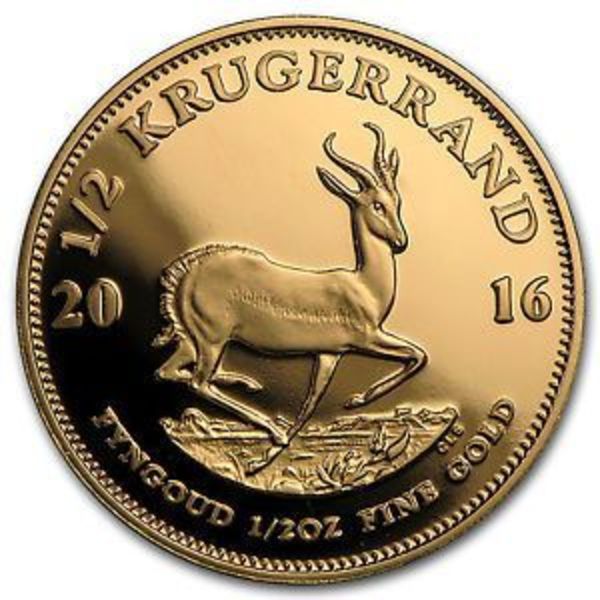Demand for gold at central banks was driven mainly by China swapping dollars for gold.
Switzerland is home to some of the largest and most advanced refineries in the world. According to Swiss customs data, last year more than 524 tons of gold was bought by China.
China is the largest market for gold with a focus on jewelry and retail investment such as gold coins and bars. India is a close second.
Central banks buy gold for a variety of reasons. One is to offset inflation and act as a hedge when global financial markets are unstable. Having a sizable store of gold bullion in a central bank also provides stability for a nation’s fiat currency.
Another reason is to help offset sovereign debt accrued from government spending. Having large gold reserves provides stability in the international bond market.
Last year, central banks buying up large amounts of gold at rates not seen in decades.
China’s central bank reported significant gold purchases throughout the last year. In December, 30 tons of gold following a similarly large purchase of 32 tons in November. China’s gold reserves now reportedly to total more than 2,010 tons.
The Central Bank of Türkiye reported large increases in holdings as it struggles to reduce inflation.
Other countries around the Middle East significantly increased their gold holdings.
With Egypt adding 47 tons, Qatar with 35 tons, Iraq with 34 tons, the United Arab Emirates with 25 tons and Oman adding 2 tons.
Some see this as a push towards de-dollarization and is a signal that some countries see the political sanctions imposed by the US against Russia as weaponization of the dollar.






